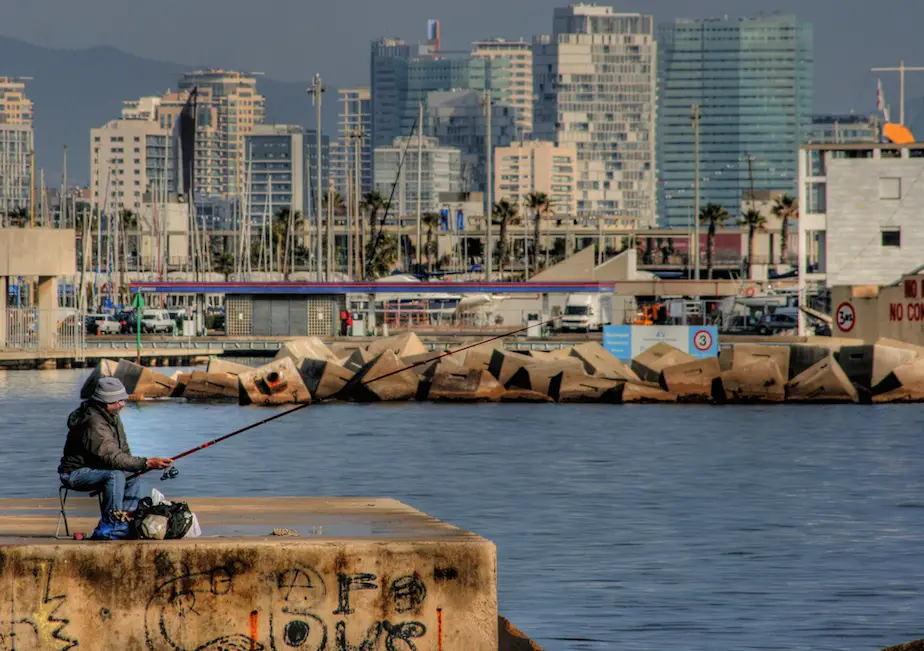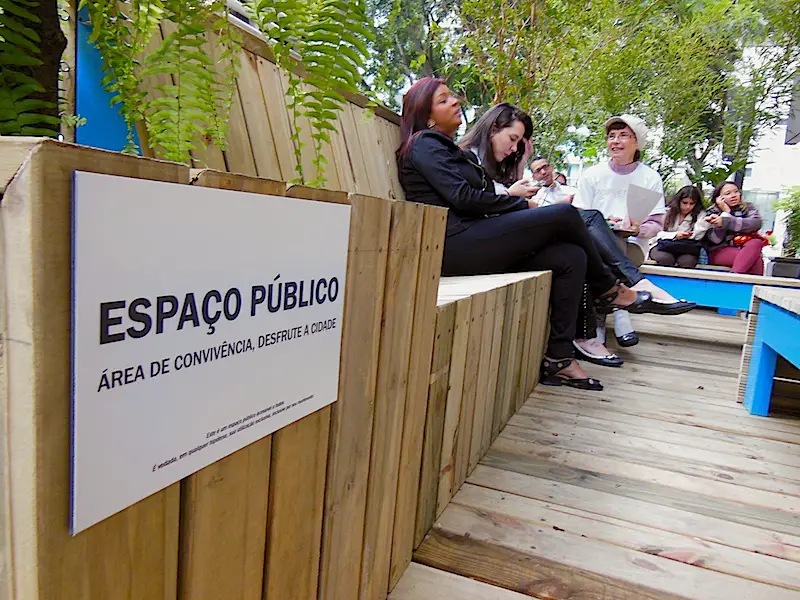From an international angle, Berlin is still considered one of most creative and hyped-up places international artists should move to if they have been gentrified out of London, Paris or Amsterdam (to namedrop a few). But German visual artists think Berlin is becoming worn out creatively due to pressures of an ever-tightening housing market that kills the ability to pursue exhibition projects and artistic practices. While the international image has not yet caught up with this sentiment, the immediate focus within Germany falls on Leipzig – a city of 500,000 inhabitants around 90 minutes south of Berlin.
Leipzig is the largest city region in the German federal state of Saxony and is a popular university town that attracts increasing numbers of international students. Besides being branded as city of music due to Johann Sebastian Bach who lived in Leipzig, the city has an extremely lively visual arts scene that partly emerged in connection with the renowned Leipzig Academy of Visual Arts. After German Reunification, Leipzig lost almost 100,000 inhabitants due to work-related outmigration to West Germany and a wave of suburbanisation. This resulted in an extremely large number of vacant properties, most of which were large inner-city town houses currently becoming attractive again to middle class residents.

Studio in Lützner Straße
Before German Reunification the visual arts landscape in Leipzig was merely represented through illegal living room galleries, as the East German communist state didn’t allow for an independent arts market. With reunification this changed completely almost overnight. For example, three investors from West Germany bought a decommissioned cotton factory, turning it into a space that now houses more than 100 contemporary artists, many of whom were educated at the afore mentioned Academy. The Spinnerei which is located at the border between Lindenau and Plagwitz, accommodates a selection of internationally renowned galleries including Galerie Eigen+Art, which initially started off as a living room gallery during the 80s.
Although the site provides excellent working infrastructure for visual artists, some of them critically distance themselves from this art world dominated environment. They instead are engaged in various types of off-space projects (e.g. Lindenau), through which they utilise the city’s open spaces for exhibitions, workshops or as more permanent studio projects. This however is becoming increasingly difficult as a (carefully phrased) mild form of gentrification has reached the Lindenau and Plagwitz area, where most of the scene is currently located. Some artists are currently pioneering towards the east of the city, where they find cheaper or even rent-free property under agreement that they protect the house from decay. What is also remarkable is that many artists now own property in Leipzig, as this seems to be the only way to slow down gentrification and sustained open spaces over the long term.

Leipzig Academy of Visual Arts
While Leipzig’s cultural infrastructure is small compared to global cities, the quality of projects and institutions are from very high standard. This is partly because many artists are at art school for more than 5 years, which gives them the opportunity and time to mature their artistic practice without the pressures of instant art world success. The freedom to develop an independent artistic practice free from financial and corporate pressures, adds a very new and refreshing perspective alternative to the trends adherent in the monetised global art world. This of course has not been left unnoticed by international artists who are flocking to Leipzig to understand this ‘adventure playground’ of opportunities. Even some artists from Berlin or Hamburg have moved here, as they were fed up with paying horrendous rents for living and working space.
This may be a very positive trend, helping to connect the city with international artist networks, but it also attracts more and more investors who copy the success of artists by using their production methods to beautify their seemingly socially engaging real estate projects. As the city has still many areas in the East that await regeneration, there is still realm for more off-spaces, more housing projects and more artists. But will all these artists find the right purpose here – in a city where the economy is still heavily affected by high unemployment rates; or will they manage to build their own non-monetised economy? Is this even possible? The big question that causes an endless loop of thoughts in me, is whether we can really preserve open spaces in which creative and socially viable practices can be sustained. I believe the key lies in learning to understand from artists how alternative economies work and how they can improve or even rescue a notion of a right to the city. This is a very challenging and interdisciplinary explorative process between understanding artistic practices and an urban way of life.
Silvie Jacobi is an artist and cultural strategist studying an MSc in Creative Cities at King’s College London.
Photos: Silvie Jacobi


